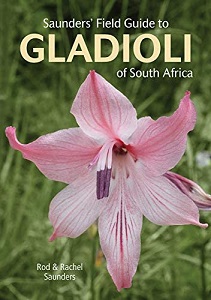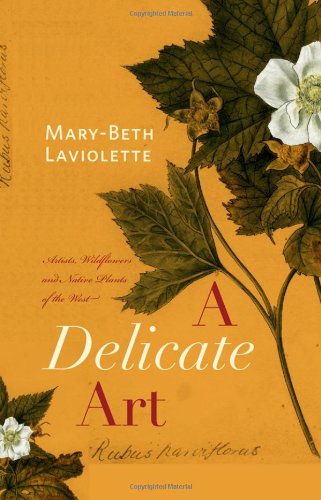 In the late 19th century in western Canada there were two women who, while not sisters, had a lot in common. Much of their stories are found in “A Delicate Art: Artists, Wildflowers and Native Plants of the West” by Mary-Beth Laviolette.
In the late 19th century in western Canada there were two women who, while not sisters, had a lot in common. Much of their stories are found in “A Delicate Art: Artists, Wildflowers and Native Plants of the West” by Mary-Beth Laviolette.
Mary Schäffer Warren (1861-1939) and Mary Vaux Walcott (1860-1940) were both of Quaker families living in Philadelphia, arguably the center for science and culture in America at the time. They both developed strong interests in the natural world, and developed the skills to paint in watercolors the native plants they found.
They joined a trip of the Philadelphia Academy of Natural Sciences to the Rockies and Selkirk Mountains of eastern British Columbia and western Alberta in 1889, traveling together part of the way on the top of a box car! They brought this same adventuresome passion to hiking and exploring the peaks, returning every summer for many years.
The pathways of the two Marys eventually diverged. Mary Vaux Walcott continued visiting the region every summer, but typically in the company of her two brothers, who were interested in studying the glaciers. As the only daughter, at age 20 she was expected to look after her father and brothers after the death of her mother. As Laviolette writes, the three siblings had “many summers spent in the western alpine, and for Mary in particular a lifelong commitment of over forty years in the area. To come were the pleasures of mountain rambling and backcountry camping in addition to the study of wildflowers and, on an entirely different scale, glaciers.”
Walcott finally broke this pattern by getting married at age 54 to Charles Doolittle Walcott, who she met in the mountains, and who was the head of the Smithsonian Institution. Together, they intensified their study of native plants, resulting in the publication of the five-volume “North American Wild Flowers” from 1925-1929. The Miller Library has only volume five of this set, with 76 of the 400 original prints, but all are reproduced in the 1953 publication “Wild Flowers of America” and most are part of a splendid new (2022) collection by Pamela Henson, “Wild Flowers of North America.” These later publications are both in the library’s general collection.
While titles suggest a comprehensive collection of the native, flowering plants of the United States and Canada, the emphasis is on the places where the Walcotts’ explored. The Canadian mountains and foothills fill in for much of western America, including our state, while the other emphasis is the Atlantic seaboard. The southwest species are mostly missing, but these are still impressive works.
Excerpted from Brian Thompson’s article in the Winter 2022 issue of the Arboretum Bulletin, updated June 2023
 Sara Plummer Lemmon (1836-1923) was a transplanted easterner, moving from New York to California in her early 30s hoping to find a climate to improve her health. She settled in Santa Barbara, establishing a library and becoming interested in the native flora.
Sara Plummer Lemmon (1836-1923) was a transplanted easterner, moving from New York to California in her early 30s hoping to find a climate to improve her health. She settled in Santa Barbara, establishing a library and becoming interested in the native flora. Kate Sessions (1857-1940) was born in San Francisco, but lived her adult life in San Diego where she became a well-known nursery owner, florist, and promoter of native and other climate-appropriate plants in that city. In 2020, the San Diego Floral Association published a collection of four decades of her writings from the magazine California Garden. Her life is also captured in a book for children, “
Kate Sessions (1857-1940) was born in San Francisco, but lived her adult life in San Diego where she became a well-known nursery owner, florist, and promoter of native and other climate-appropriate plants in that city. In 2020, the San Diego Floral Association published a collection of four decades of her writings from the magazine California Garden. Her life is also captured in a book for children, “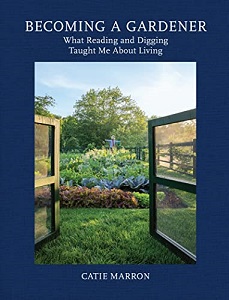
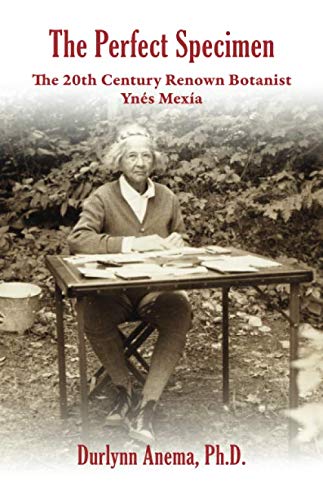 As part of her treatment, her doctor encouraged getting involved in hobbies. She discovered the Sierra Club, and eventually enrolled, at age 51, at the University of California, Berkeley. While not seeking a degree, she took courses on botany, including classes through the California Academy of Science where she met Alice Eastwood. Together, they joined on field botany trips into the mountains of California.
As part of her treatment, her doctor encouraged getting involved in hobbies. She discovered the Sierra Club, and eventually enrolled, at age 51, at the University of California, Berkeley. While not seeking a degree, she took courses on botany, including classes through the California Academy of Science where she met Alice Eastwood. Together, they joined on field botany trips into the mountains of California.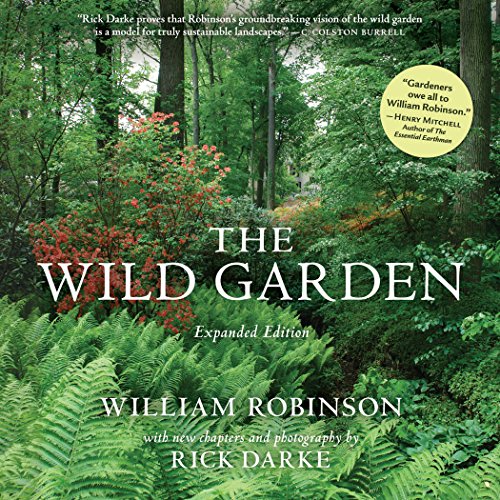 Winter is a great time to read the classics of horticultural literature. Gardeners from decades or even centuries ago still have many lessons to share with us. One I recommend is “The Wild Garden” by William Robinson (1838-1935).
Winter is a great time to read the classics of horticultural literature. Gardeners from decades or even centuries ago still have many lessons to share with us. One I recommend is “The Wild Garden” by William Robinson (1838-1935).